All the best titles on PlayStation Vita were experimental little efforts with a lot of heart and very nearly no brand pull. The people who loved the console the most weren’t there for Call of Duty, God of War, GTA or whatever other big properties were turning Sony into a blockbuster machine on PlayStation. They were instead titles like The Caligula Effect, Gravity Rush, and this here Freedom Wars. The people who loved these games were the ones who loved the Vita.
Related reading: Our review of the original release on PlayStation Vita.
Now Freedom Wars has finally broken free of its original console and we’re able to play it with all the modern conveniences that you’d expect. More buttons (specifically on the shoulders of the controllers) make the game more natural to play, while it runs with improved visuals and a slick frame rate, even on the Switch. It looks better on other platforms, technically, but this is a game with art direction that really suits the OLED screen in particular and is just a delight on the eyes.
With that being said the real strength of Freedom Wars is the narrative and concept of it. The game depicts a supposedly dystopian world where people are born as prisoners with a million-year prison sentence and the only way they can reduce that is to complete missions doled out to them by panopticon, or prison area. Meanwhile, any indiscretion whatsoever will result in time being added to those sentences. Talk to the wrong person, waste time on a mission, lie down when you don’t have permission to, or anything else that exists outside of the most intensely regimented existence you could imagine and it’s more years on the clock for you.
Most critics in the West write this concept up as a commentary on the surveillance state, and assume Freedom Wars’ narrative is some kind of Orwellean nightmare and warning. It is, but it’s also a Japanese game and very much a commentary on the Japanese legal system and prison and prison work systems over there. To fully appreciate this context I highly recommend you read Marshland, by Otohiko Kaga. It’s a dense book at around 800 pages, but the level of detail that it goes into in critiquing the highly regimented lives of prisoners in Japan’s system is fascinating. They, too, are punished for so much as scratching their nose without permission, having set times they could use the toilet (and so, often soiled themselves), and were put to work doing menial or even dangerous work for rewards in the tiniest increments.
Kaga’s novel has been only relatively recently localised and was pretty clearly “discovered” as a candidate for translation thanks to the Netflix documentary that shone a light on the way confessions are often extracted through attrition and belligerence – Making A Murder. There is a clear relevance in the story that Kaga weaves to that experience. But at the same time, the Japanese experience is different, and Freedom Wars is a criticism of that as much as it is the other dystopian elements it depicts.
There is a certain “grind” involved in the gameplay loops required to sell this metaphor of endless routine and attrition. It doesn’t necessarily make for the most entertaining opening chapters to Freedom Wars, although things to start to open up later on. What is impressive is how focused and committed to the vision the developers were, willing to sacrifice some of the “best practice” that they would have observed in the Monster Hunter series that clearly inspires Freedom Wars. The cohesiveness of vision means that the game leaves a stronger long-term impression as a work of art.
Once on the battlefield a couple of things become clear quickly: Firstly, this is a PlayStation Vita title, and that means a couple of things. Levels tend to be small and loops tend to be over quickly. Now, on Switch, it does feel limited – a little like how the remaster of Final Fantasy VII Crisis Core did. It didn’t really matter how well done the character and plot was, at the end of the day the limitations of the original hardware left the remaster feeling limited in scope too.
Thankfully for both Freedom Wars and Crisis Core, the actual gameplay is dynamic and exciting. As mentioned, Freedom Wars is a clear student of Monster Hunter, and everything, from the size and challenge of the key enemy battles, to the way that weapons systems and multiplayer work, crib the best ideas from Capcom’s marquee series.
Freedom Wars does have some of its own tricks up its sleeve, however. The biggest of these is the grappling tools called “Thorns” that can offer a wide range of abilities, to go with their main utility of letting you launch yourself onto an enemy, hamstring them, or move around the space more quickly. One other neat feature is the ability to donate the materials that you’ve collected in exchange for years off your sentence. Through this system, you’ll find yourself carefully trying to balance the materials that you need to keep yourself well-equipped versus that overarching goal of “earning” your freedom.
Freedom Wars is one of the smarter and shaper takes on the Monster Hunter formula. While Capcom’s series is certainly more refined and well-produced, there’s enough intelligence and sound enough concept and philosophy within Freedom Wars that helps to elevate it. It might only ever be a “cult classic,” but then again they say the same about David Lynch films. Sometimes a “cult classic” is just an intelligent art work that dares go against the grain a little.


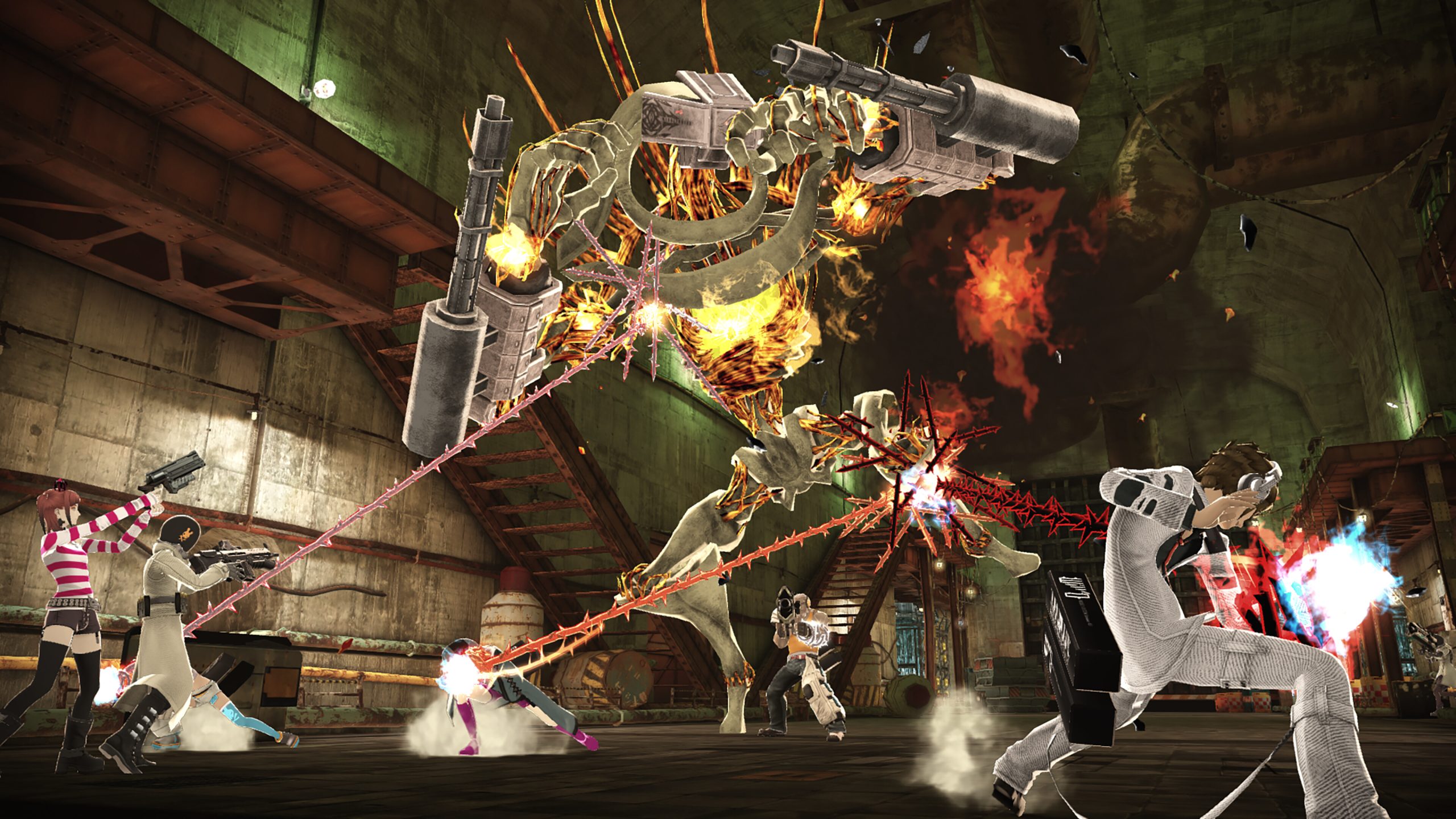
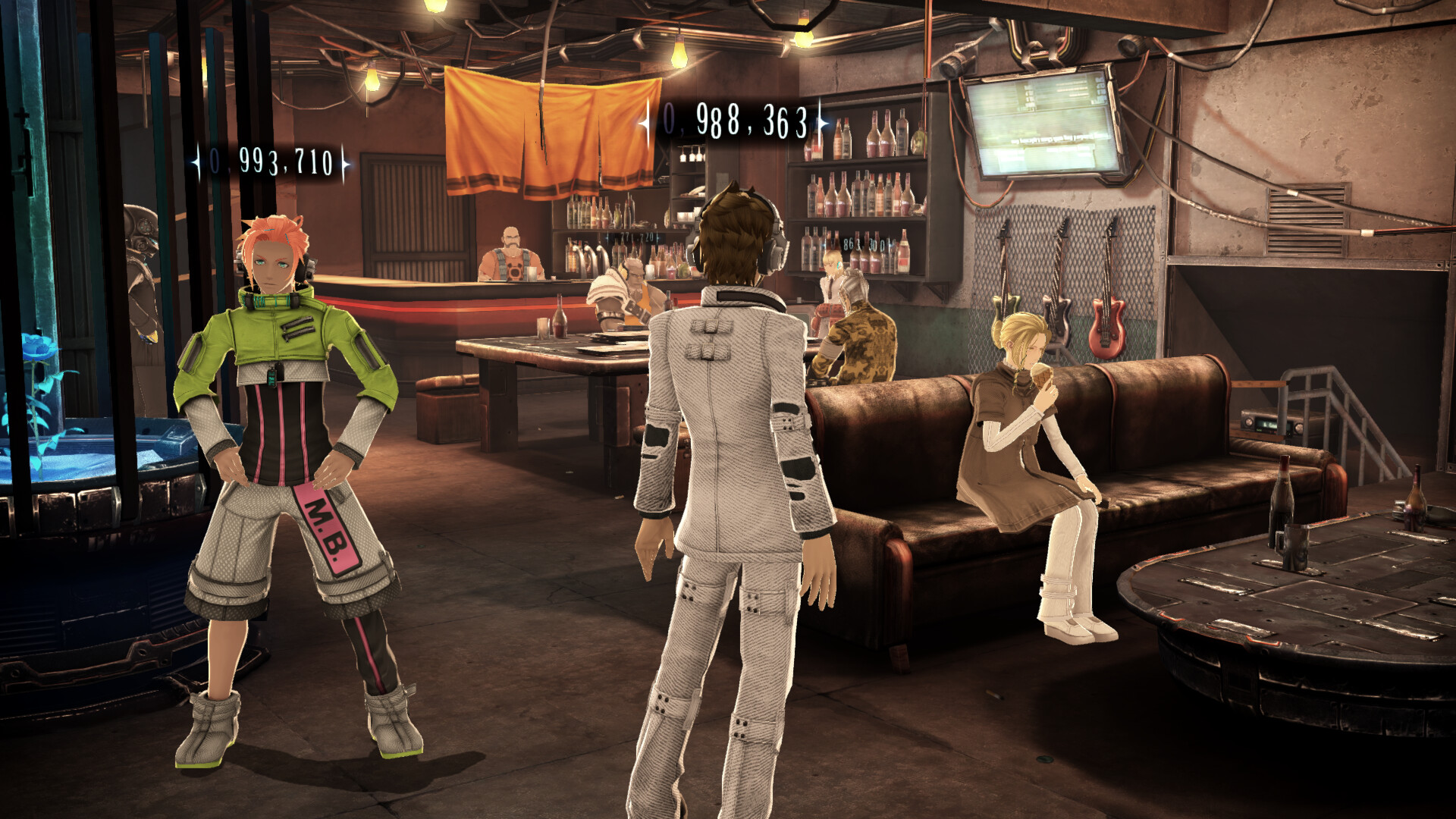
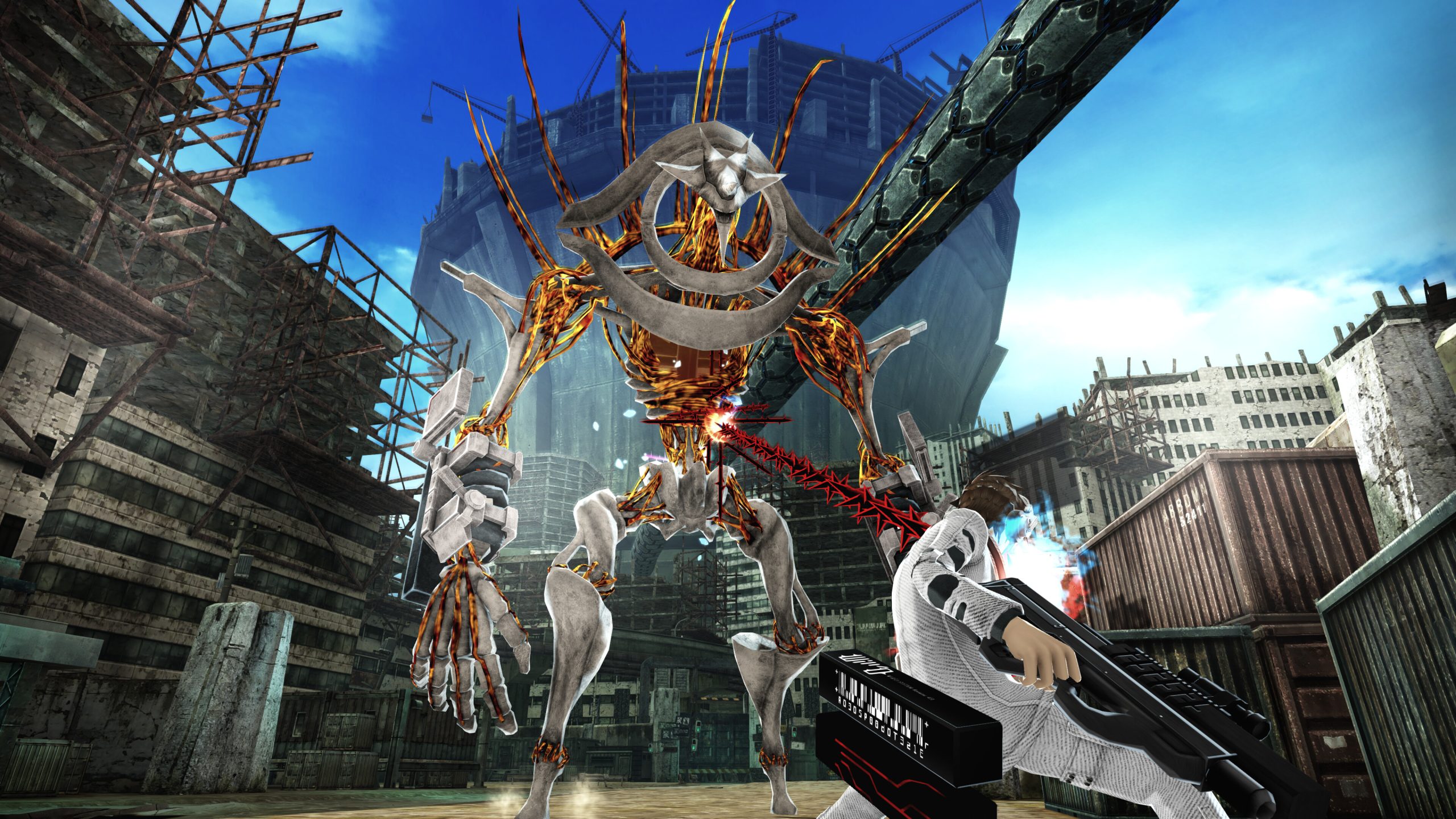

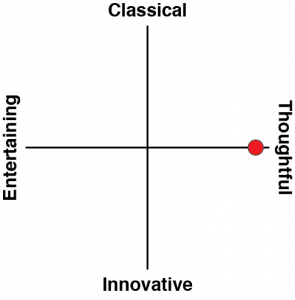
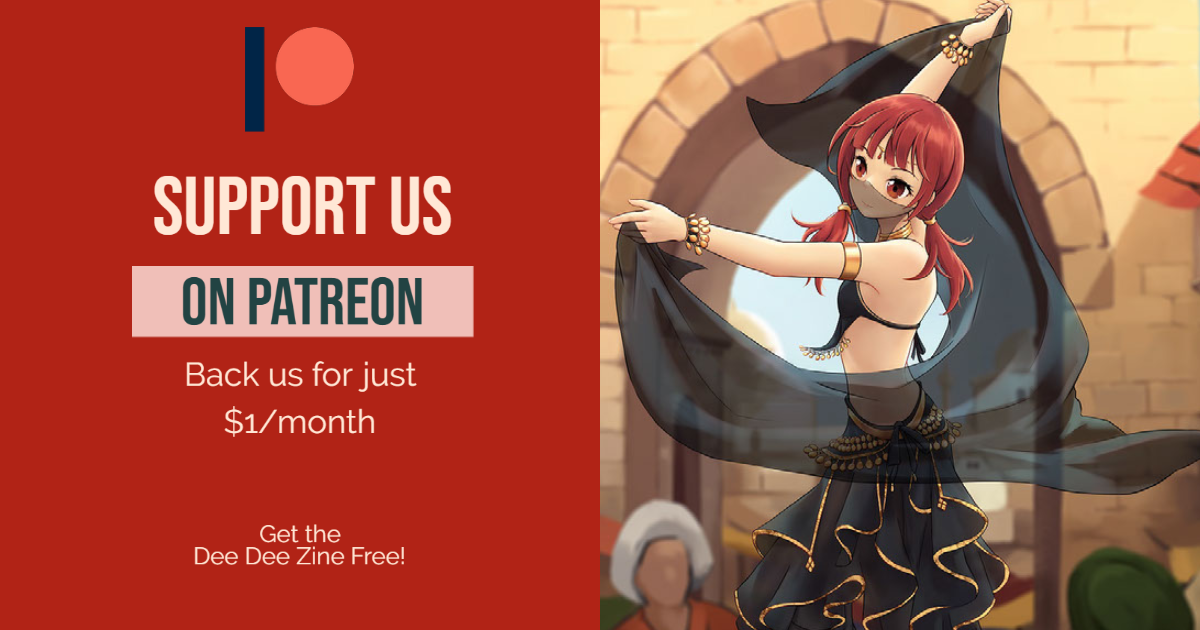
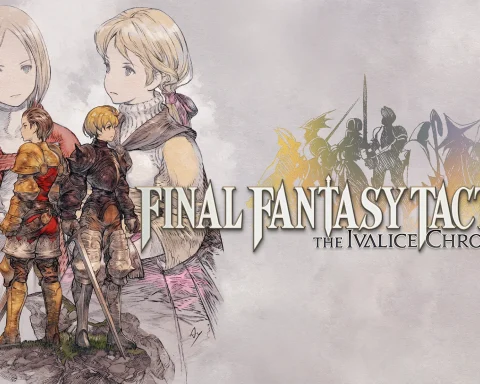
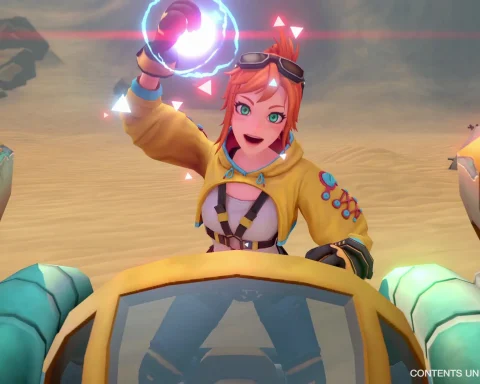
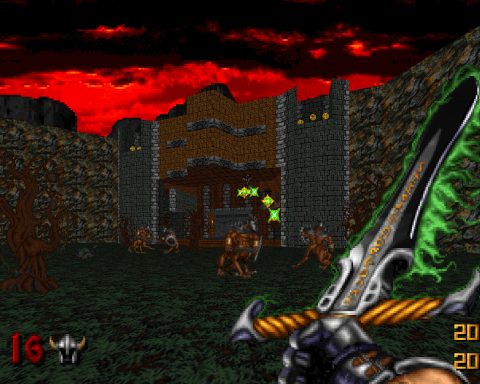
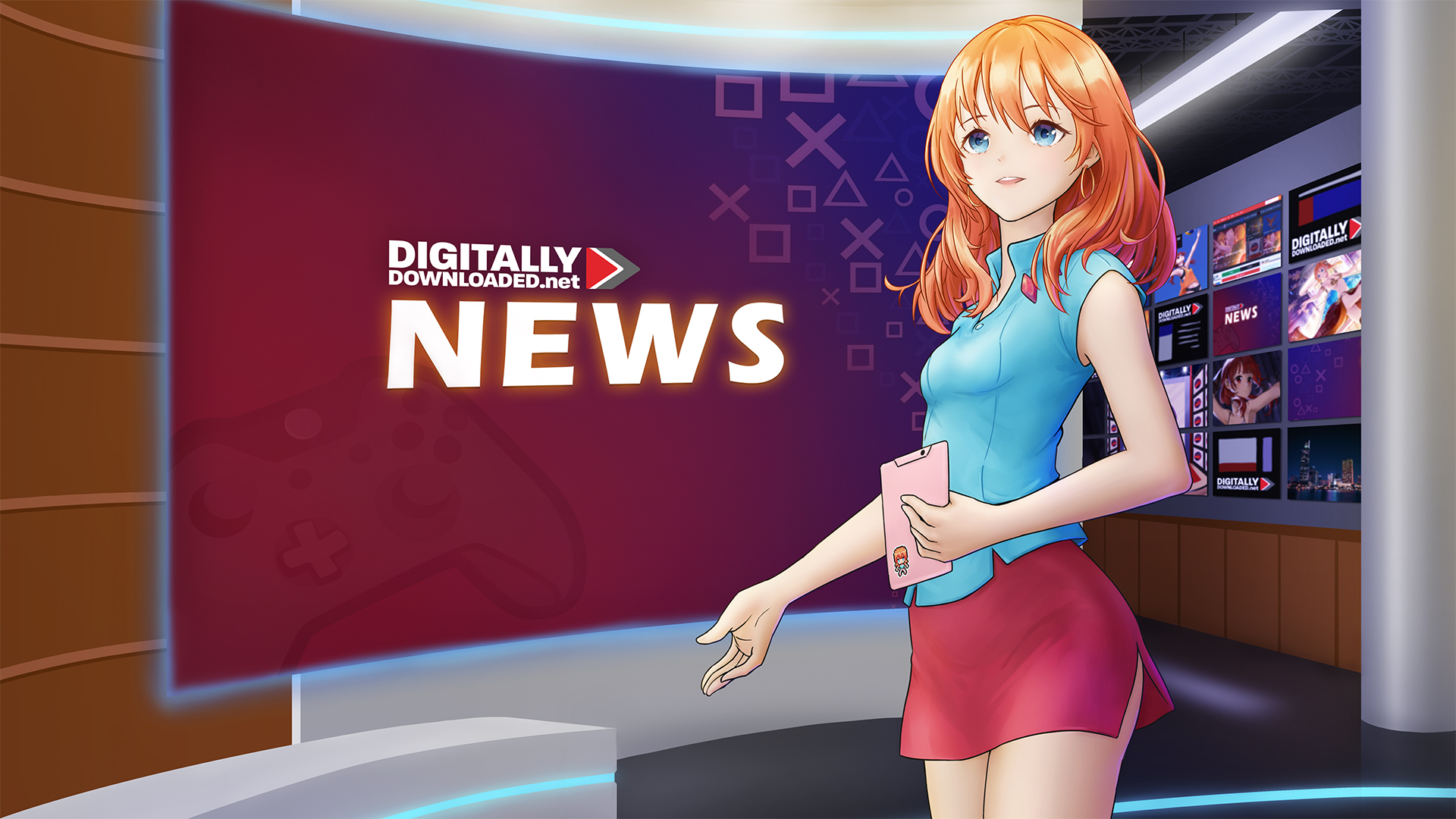
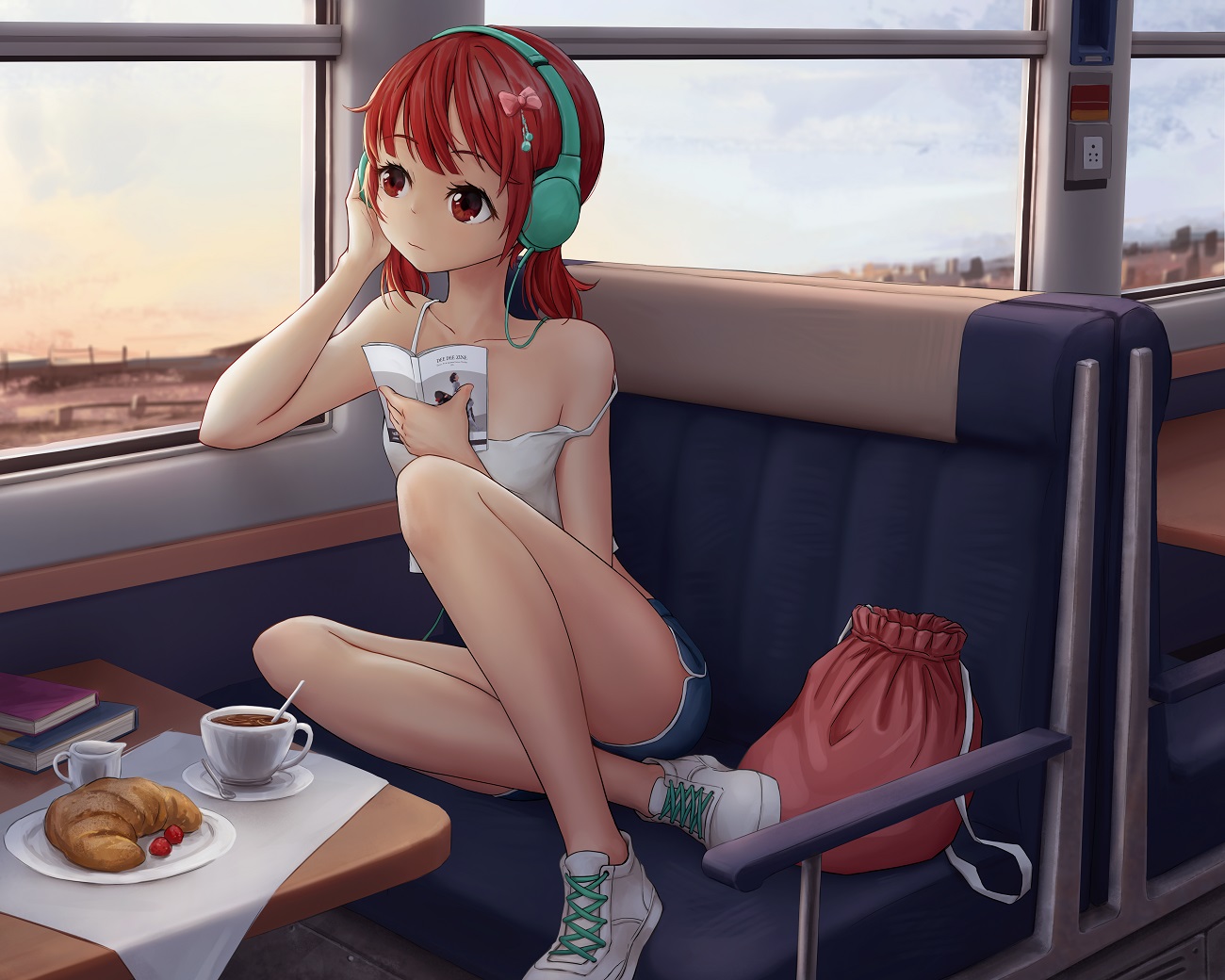
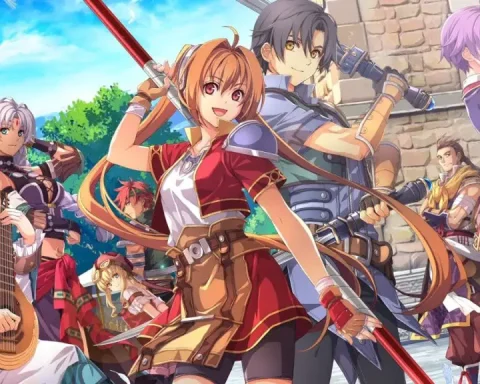
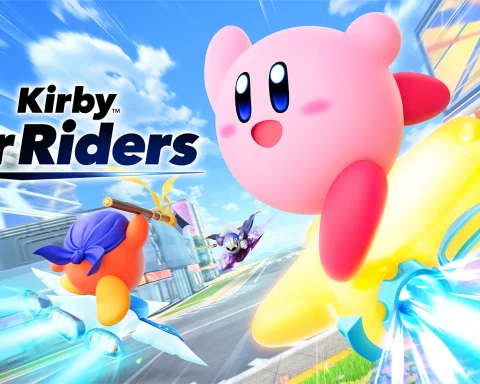
Dig the shout-out to David Lynch at the end of the review! One of the all-time greats.
Man I loved this game on Vita, but hated dealing with the human enemies. The small sticks coupled with the small screen just made those guys hard to get rid of and they were extremely annoying when you’re going after the abductors.